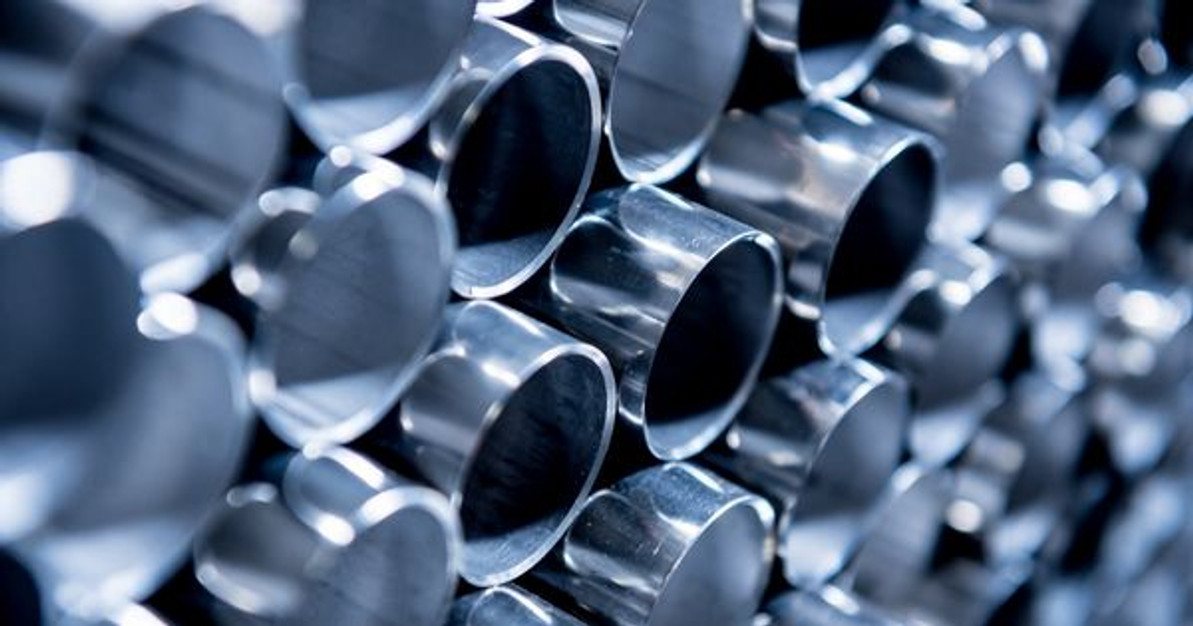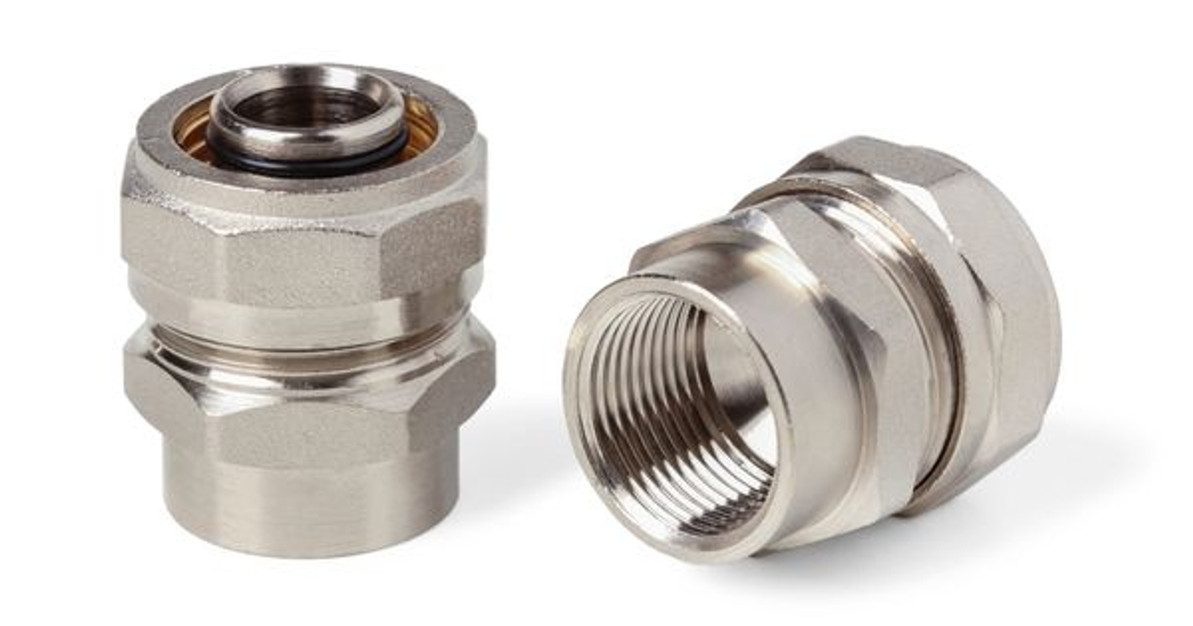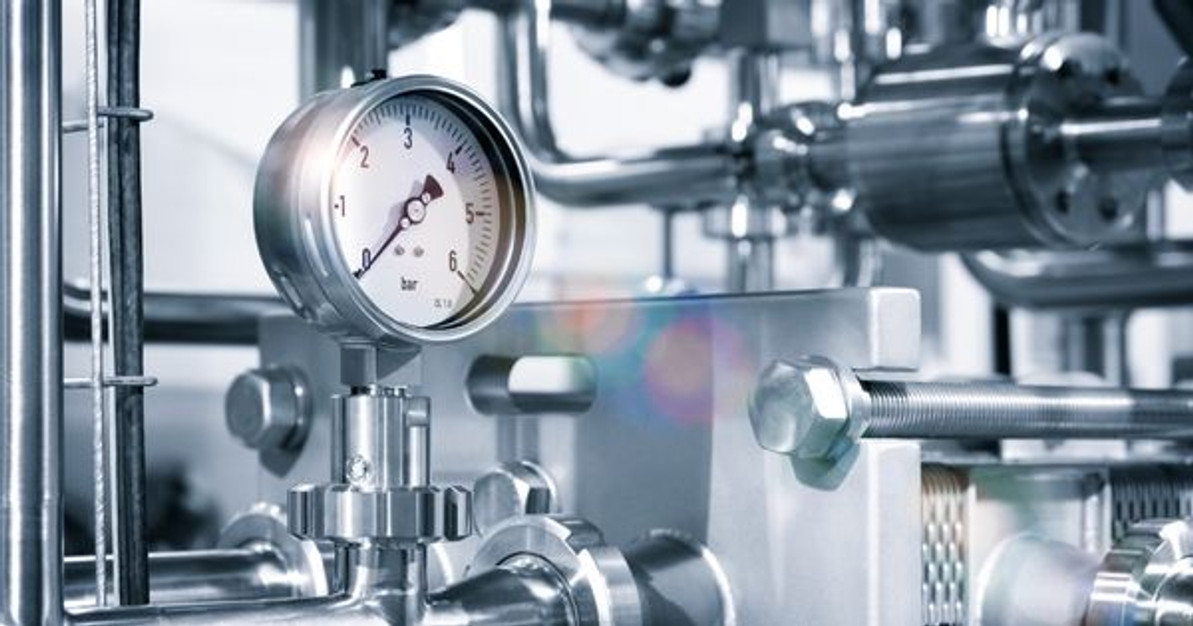 Apr 21st 2019
Apr 21st 2019Sanitary Piping Design: 5 Common Materials Used

Sanitary piping design consists of several different elements. But perhaps one of the most important decisions made during this process is choosing the right material. Materials used in sanitary piping need to be extremely durable but they also need to be able to prevent bacteria growth and contamination when being used for food or beverage production. So let's explore a few common materials that might be considered for sanitary tubing or piping.
Stainless steel: Stainless steel is the most commonly used material in sanitary tubing, with Stainless Steel 304 being the most common grade. This material is extremely durable, resistant to corrosion and damage, and is easy to clean. All of these elements make it ideal to use when working with food and beverage production, especially for components like sanitary pipe hangers or sanitary clamps.
Aluminum: When manufacturers are looking for a lightweight material that is easy to use, they may choose aluminum. However, after being used for a while, this material can easily become cracked or warped. It is also not very resistant to corrosion or damage, meaning it needs to be replaced frequently.
Plastic: Plastic used to be a popular choice when designing sanitary pipe hangers and supports, but it's not used as often anymore. This is because all plastics and rubbers need to be determined food grade and are sometimes considered indirect food additives per the FDA guidelines and regulations.
Titanium: Use of titanium is often limited because of its high cost. However, when it is used, it is great in terms of corrosion resistance and strength. It can sometimes be combined with other metals, like stainless steel, to produce a more affordable alternative. It's especially beneficial when producing acidic food or beverages.
Glass: While glass is certainly easy to clean and it allows users to see inside machinery, its use is limited because many manufacturers fear it will break -- which is a significant problem when producing food or beverages. If glass is chosen as a material for tubing, piping, or even sanitary pipe hangers, it has to pass tests to prove it is durable enough and won't break under certain conditions.
While there is a wide variety of materials that can be used, most sanitary piping consists of metals like stainless steel. This material allows for safe and effective production of food and beverage products due to its reliability and durability.
 Apr 21st 2019
Apr 21st 2019Recent Posts
-
Nov 7th 2022
What Is Food-Grade Stainless Steel Tubing?
Businesses that produce food and beverage products must operate hygienically. Sterile environments a …Nov 7th 2022
-
Oct 11th 2022
Why Sanitary Fittings Are Important for the Medical Industry
Sanitary fittings are useful for many industries. Food and beverage manufacturers have used these to …Oct 11th 2022
-
Sep 23rd 2022
What Is the Max Operating Temperature for Stainless Steel?
Stainless steel is valued in many industrial applications because it’s capable of withstanding high …Sep 23rd 2022



